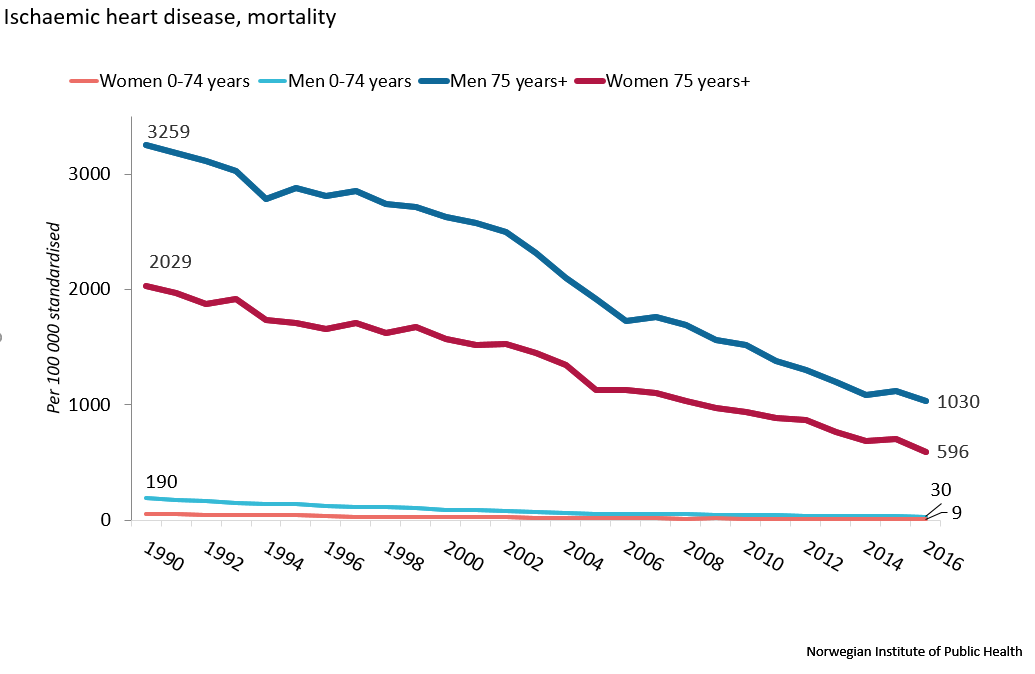I'm on day 2 of my yearly senolytic intervention. This time I'm including my wife as a second experiment. I did not include dasatinib, and went with my usual protocol:
F (1G) + Q (1G) + C (2.25G) + Bioperine (15mg) X 3 days
So far nothing to report, and frankly I'm getting rather jaded with all of it. Maybe some folks are correct. If you don't see/feel something then chances are what you're doing probably is a dud. I feel like I have no choice but to include dasatinib next year for that reason. Or maybe just try it again soon, as in very soon.
I'd double the F and Q dosages, if I were you. Both have terrible bioavailability and though Bioperine may help somewhat it is not a panacea to the problem.
And yes, without D the effect is marginal so not too surprising that you report nothing overt - all these flavonoids are not absorbed well and the their Cmax reached is insufficient to exert the same senolytic effect that D triggers.




























































